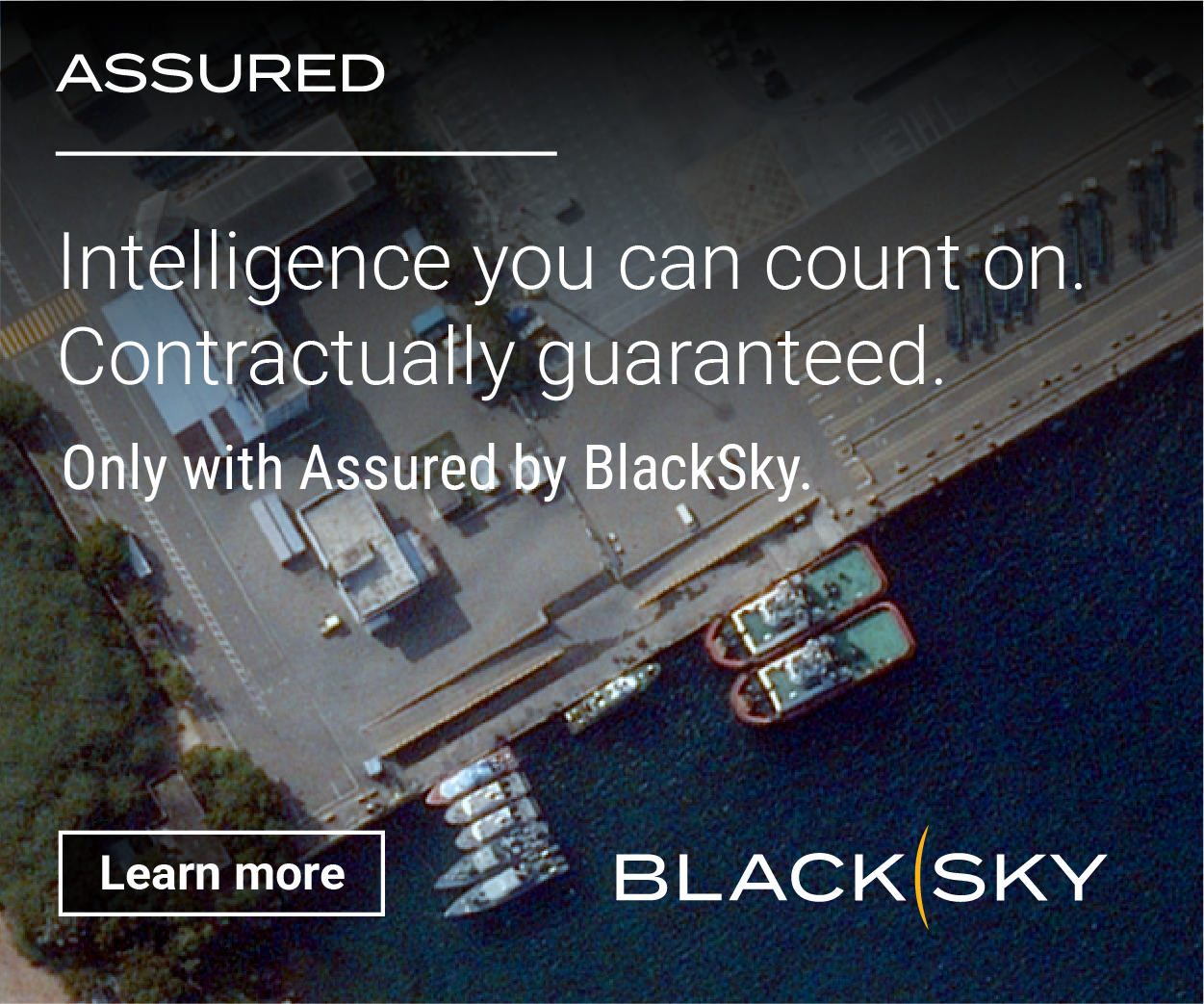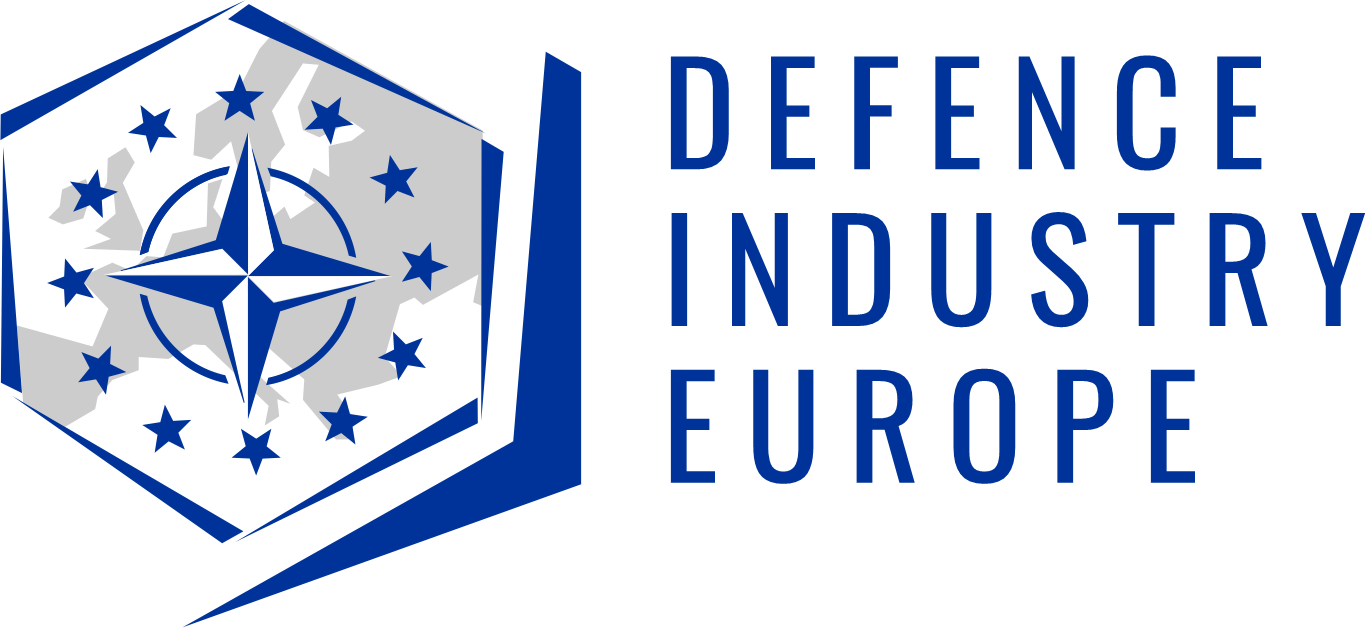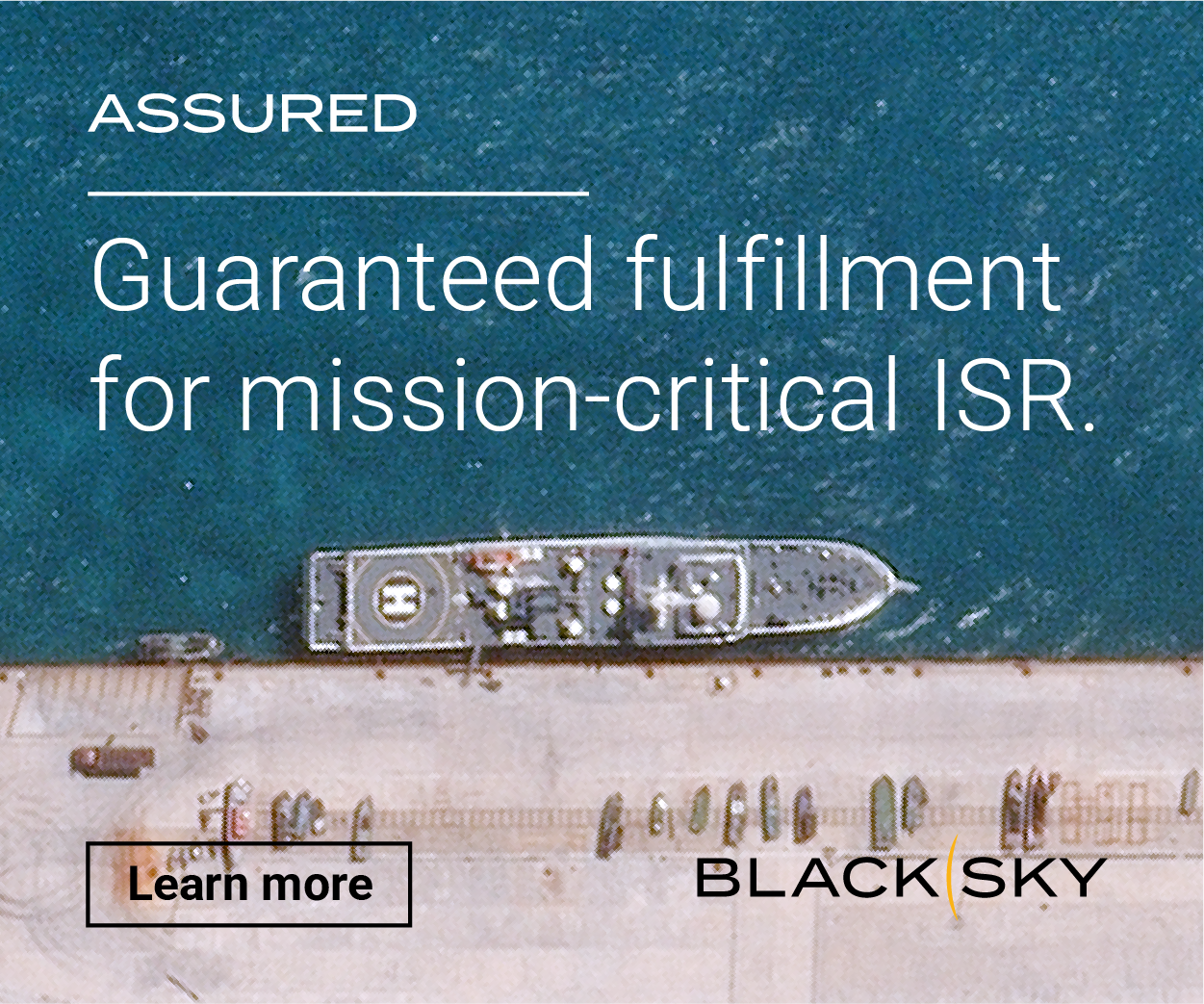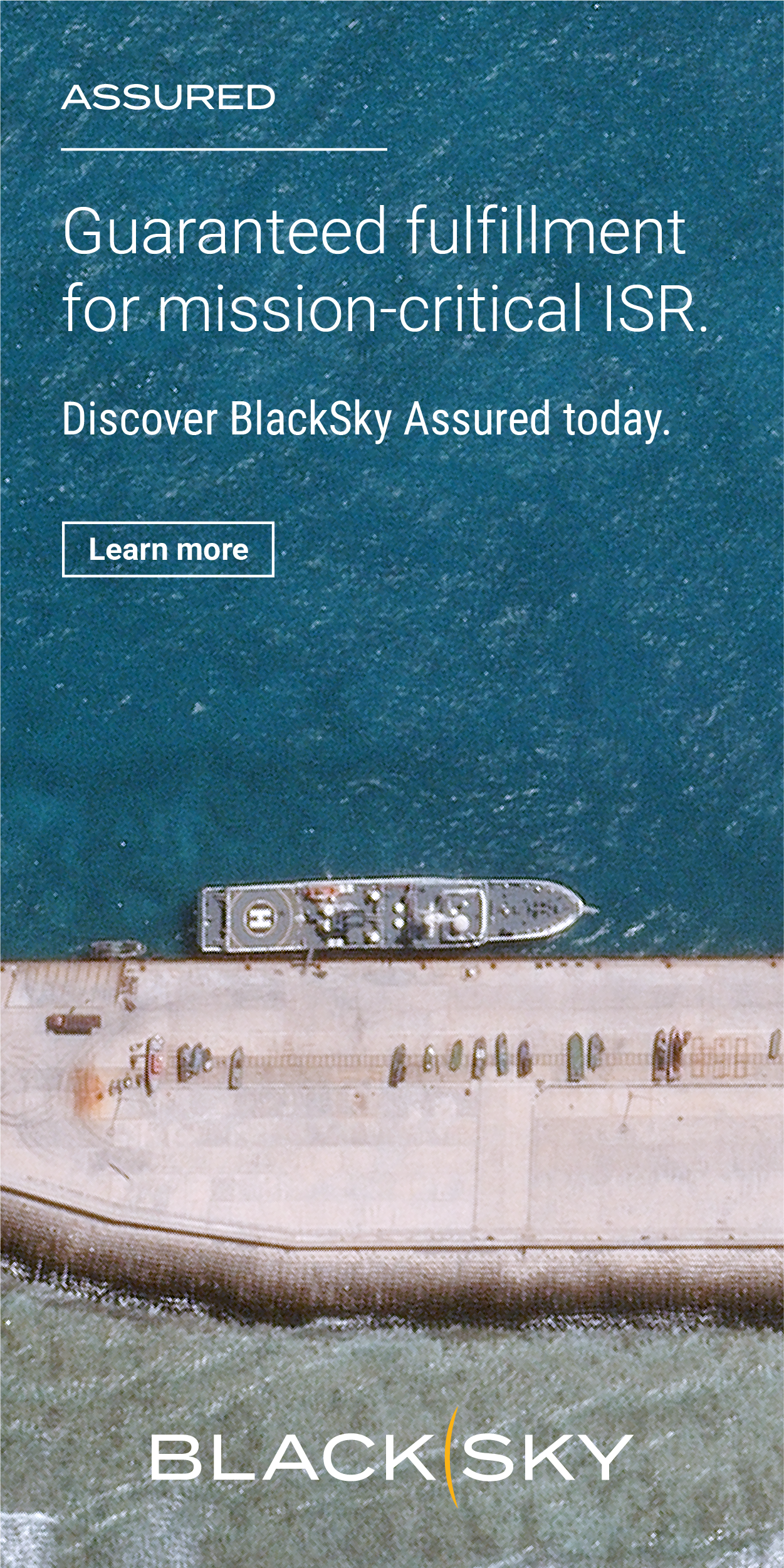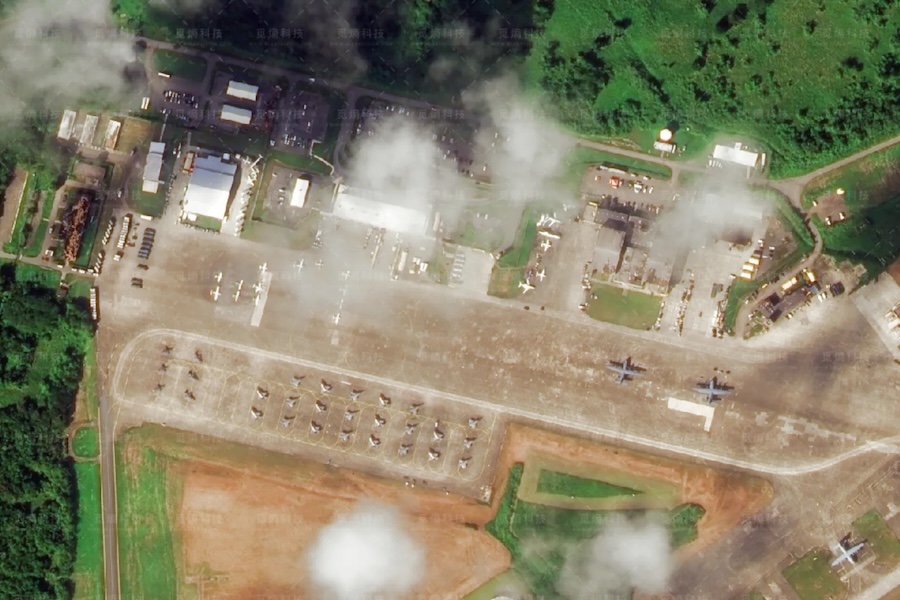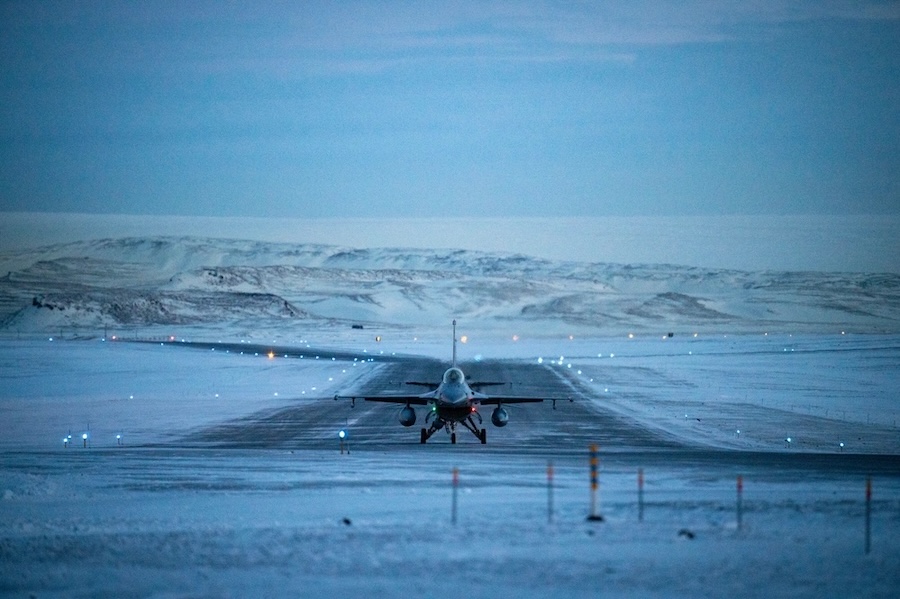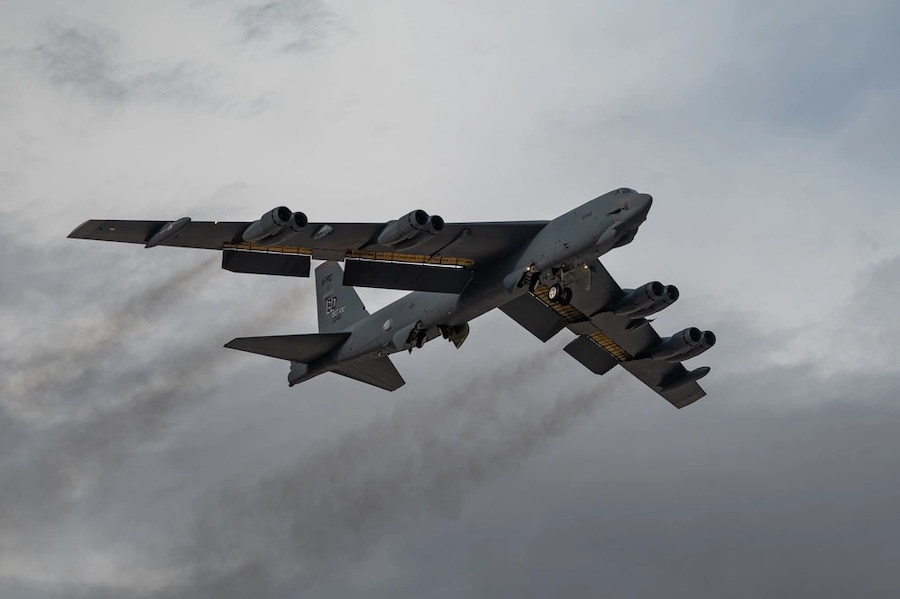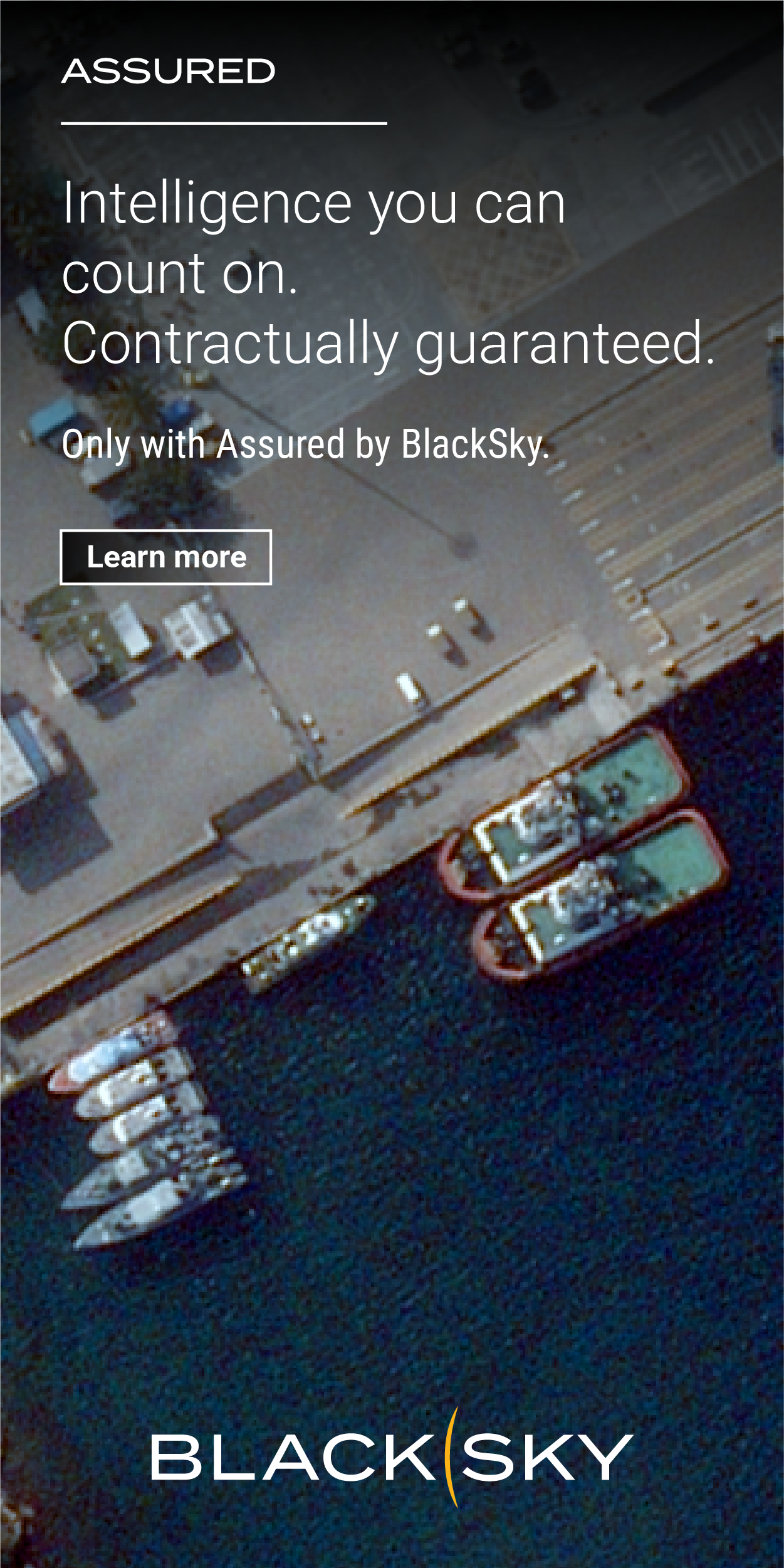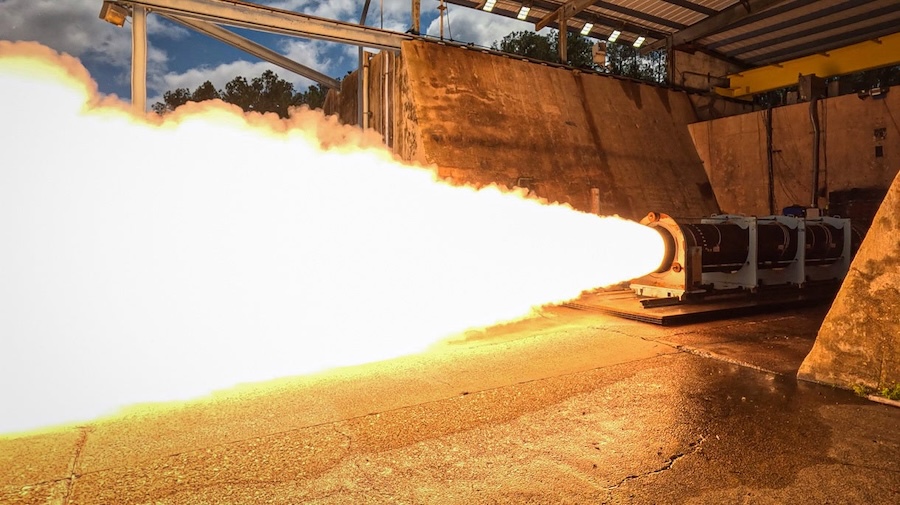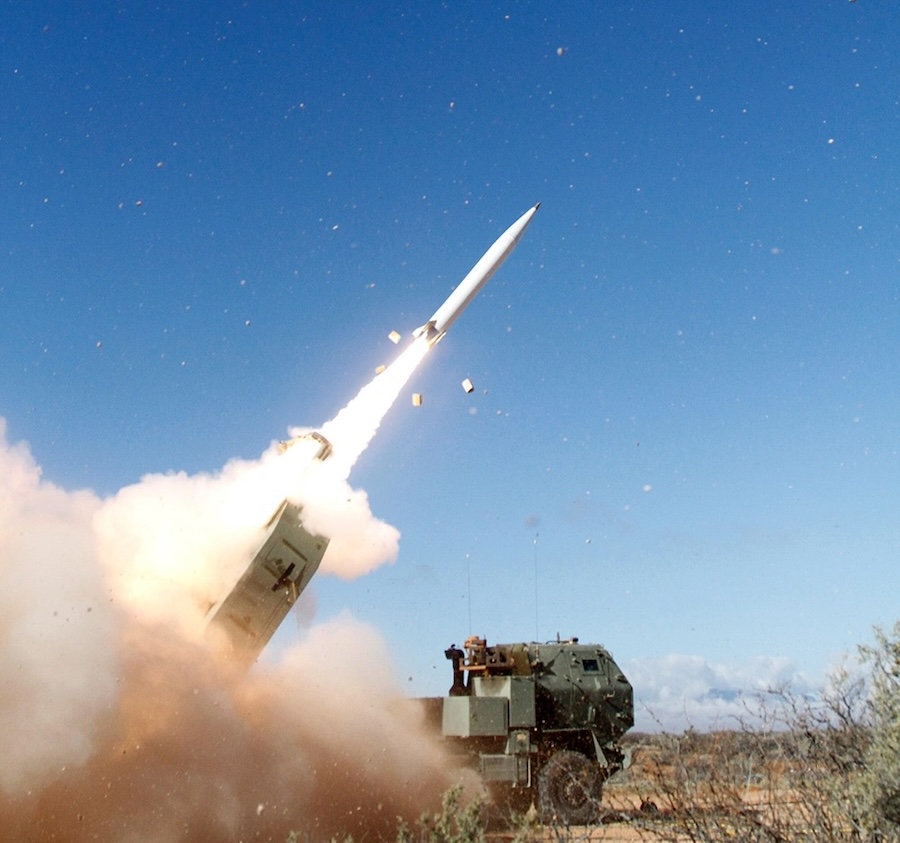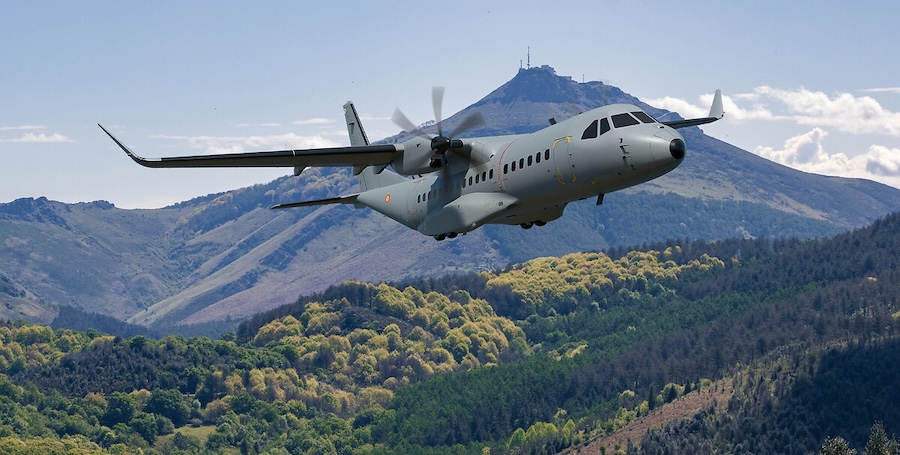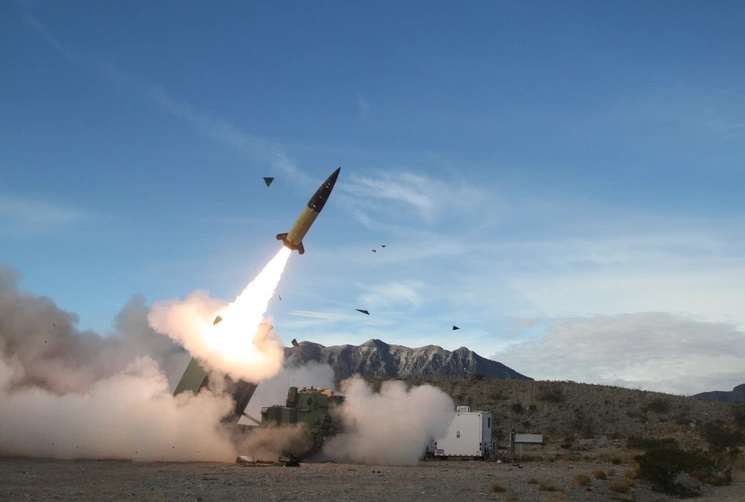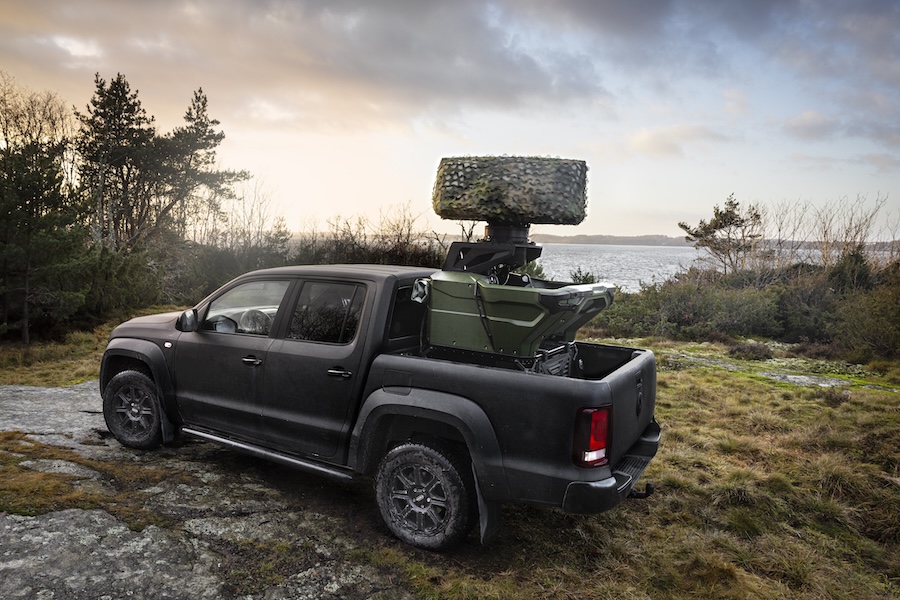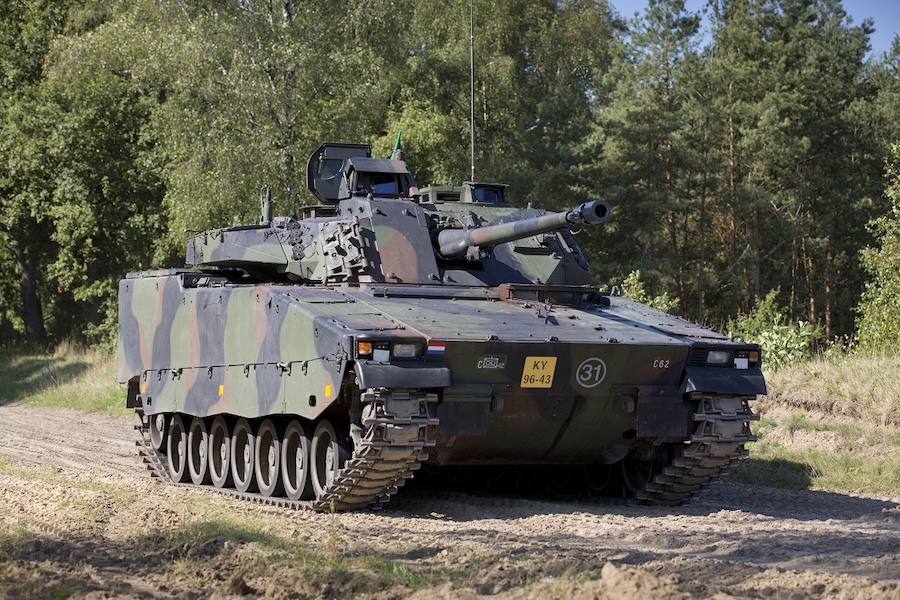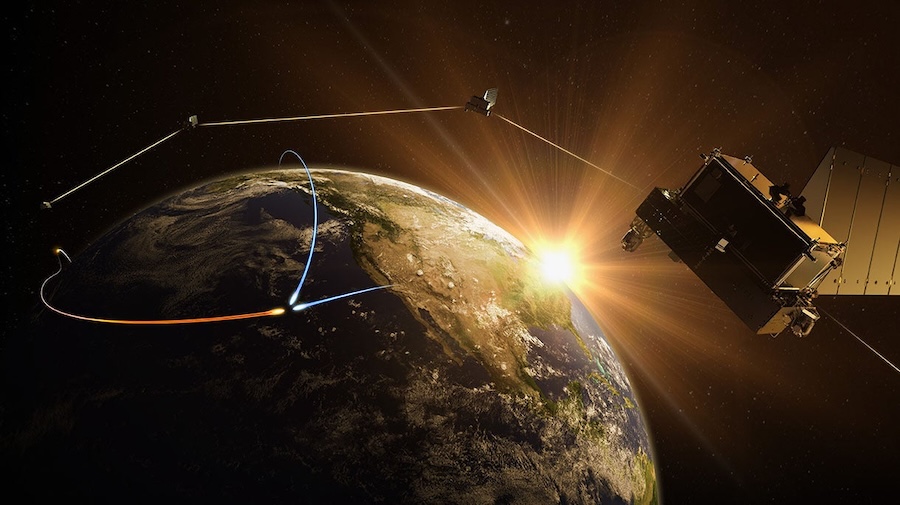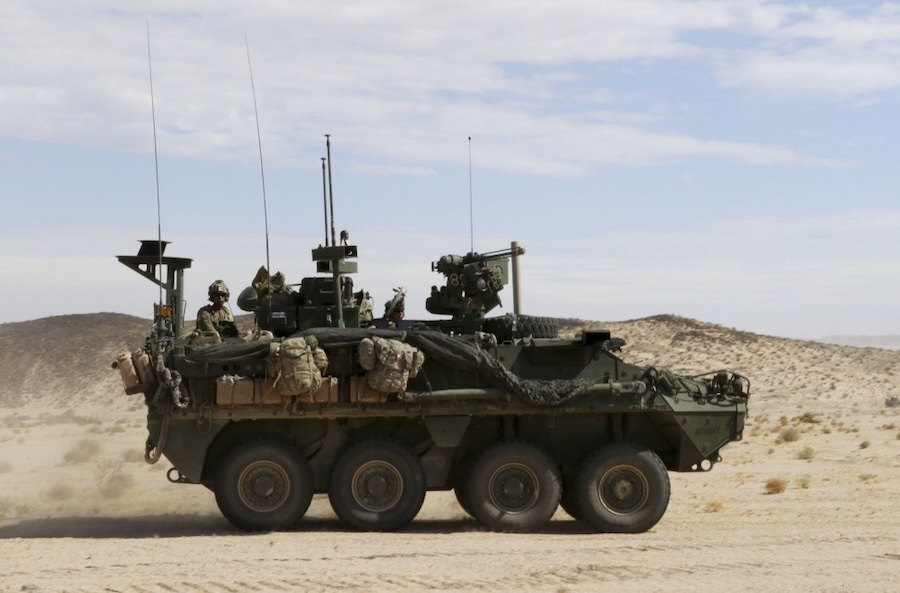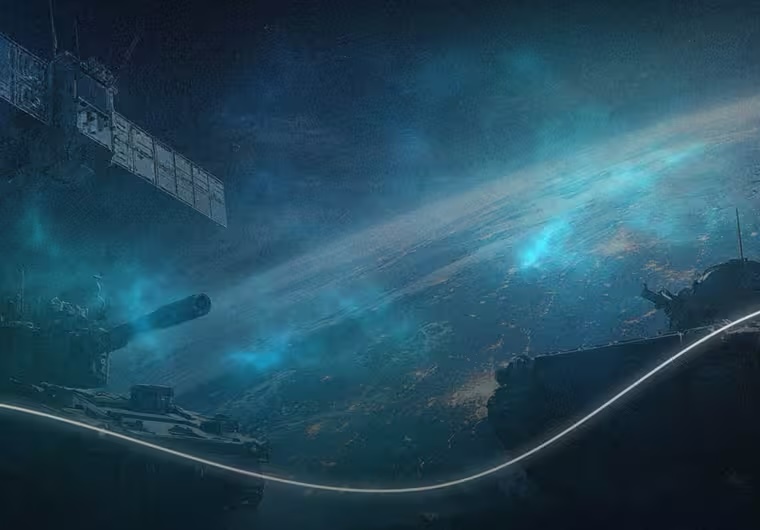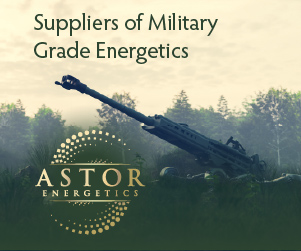During the demonstration, Barracuda independently navigated, communicated, detected and identified underwater targets. This proved the system’s ability to operate autonomously beneath the surface while retaining a man-in-the-loop capability for final neutralisation decisions.
“This recent testing demonstrates the significant strides we’ve made in advancing mine countermeasure technology,” said Barbara Borgonovi, president of Naval Power at Raytheon. She added: “Barracuda’s capabilities will dramatically improve safety and efficiency for the U.S. Navy, keeping sailors out of harm’s way while effectively addressing underwater threats.”
Barracuda is the U.S. Navy’s newest mine neutralisation programme of record. It is the first system of its kind to function untethered and semi-autonomously against bottom, volume, and near-surface mines.
The programme originated within Raytheon’s Advanced Technology division, which develops cutting-edge solutions later integrated into key products, including LTAMDS and SPY-6. The company is also investing in a larger, more advanced version of the vehicle to address broader mission requirements such as subsea and seabed warfare.
Raytheon confirmed that Barracuda remains on schedule to achieve initial operational capability and low-rate initial production by 2030. This aligns with the U.S. Navy’s acquisition plan and highlights the system’s strategic relevance to future naval operations.

